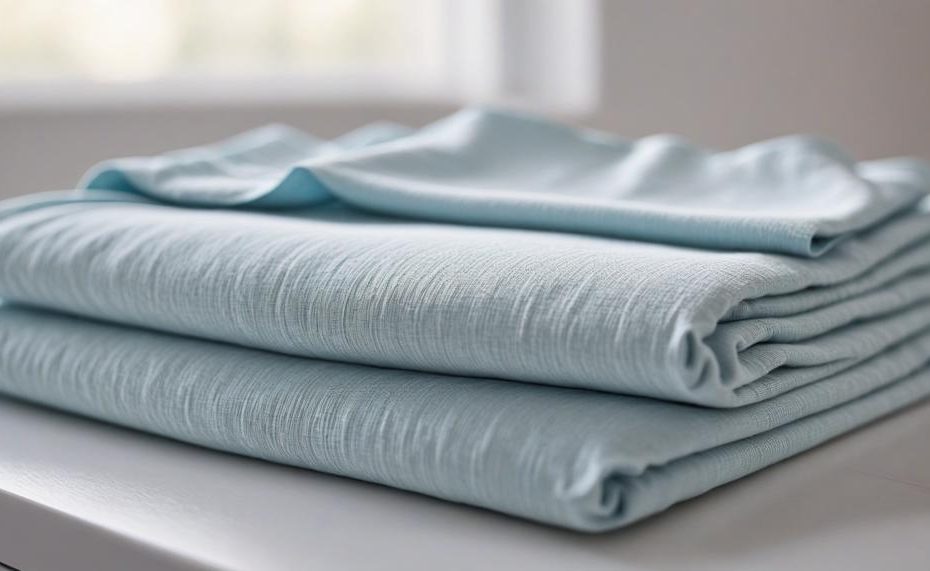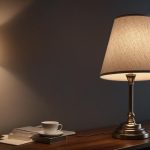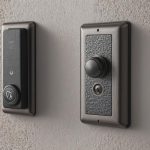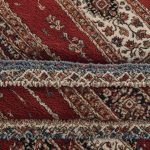Proper maintenance and care for your bed and mattress can significantly extend their lifespan and maintain comfort.
Select a High-Quality Mattress and Supportive Foundation:
- Choose a mattress that suits your sleep preferences and offers adequate support.
- Ensure you have a sturdy bed frame or foundation to prevent sagging.
Use a Mattress Protector:
- A mattress protector shields your mattress from spills, dust mites, and allergens.
- Opt for a waterproof protector for added protection.
Regular Cleaning and Maintenance:
- Vacuum your mattress every few months to remove dust and debris.
- Spot clean any stains promptly with mild detergent and water.
Rotate or Flip Your Mattress:
- Rotate your mattress 180 degrees every three to six months to distribute wear evenly.
- If your mattress is flippable, turn it over every six months.
Follow Manufacturer’s Care Instructions:
- Adhere to specific care guidelines provided by the manufacturer for optimal results.
- Avoid using harsh chemicals or dry-cleaning your mattress.
Clean Bedding Regularly:
- Wash your sheets, pillowcases, and mattress protector every one to two weeks.
- Consider line drying your sheets to extend their lifespan.
Provide Proper Ventilation:
- Air out your mattress by leaving it uncovered for a few hours when changing the sheets.
- Ensure your bedroom is well-ventilated to prevent moisture buildup.
Avoid Jumping on the Bed:
- Prevent structural damage by discouraging jumping or putting excessive weight on the bed.
Contents
How to dry bed sheets
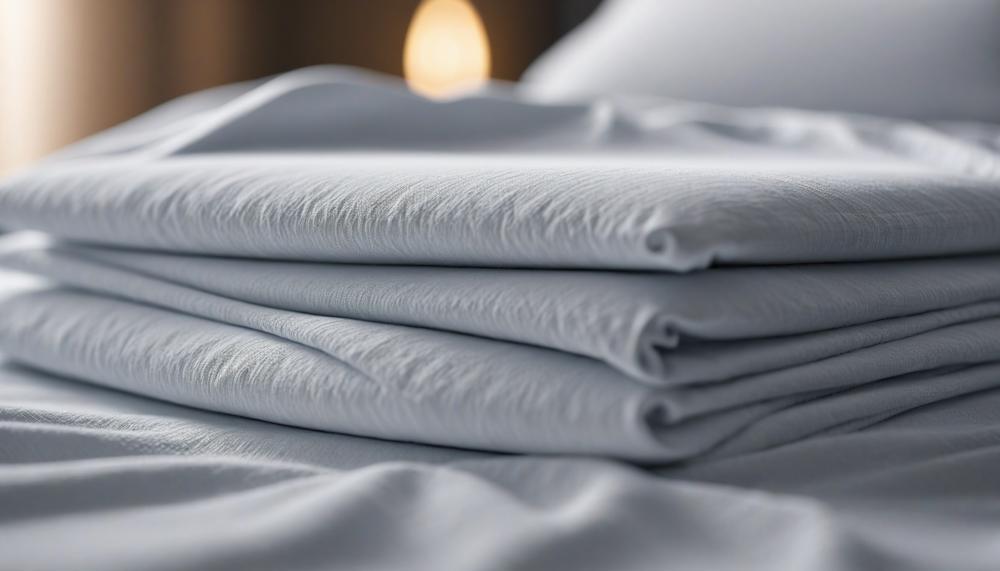
Drying bed sheets without a dryer can be just as effective, preserving the fabric and preventing damage from machine heat. Here are some methods:
| Method | Details | Advantages |
| Line Drying | Hang sheets outdoors in direct sunlight. | Fast, eco-friendly, leaves a fresh scent. |
| Indoor Hanging | Use drying racks or hang over doors. | Convenient for apartments, doesn’t rely on weather. |
| Blow-Drying | Use a hairdryer to dry small areas quickly. | Quick solution for small spaces. |
| Ironing | Iron damp sheets to dry and remove wrinkles. | Leaves sheets crisp and wrinkle-free. |
| Using Towels | Roll sheets in dry towels to absorb moisture. | Effective in reducing excess moisture. |
| Dehumidifier/Heater | Place sheets in a warm, dry room. | Works well in winter or humid climates. |
How to wash and dry a duvet and pillows
Washing and drying duvets and pillows requires a careful approach to maintain their loft and cleanliness. Here’s the best method:
| Step | Method | Details |
| Preparation and Pretreatment | Pretreat stains | Use an enzyme-based stain remover or high-quality detergent. |
| Washing | Machine Washing | Use a gentle cycle with mild detergent in cold or lukewarm water. Avoid washers with central agitators. |
| Washing | Hand Washing | Wash in a clean bathtub with lukewarm water and gentle detergent. Rinse thoroughly. |
| Drying | Drying in a Dryer | Use a low heat or air cycle. Add dryer balls or tennis balls to prevent clumping. |
| Drying | Air Drying | Lay flat on a ventilated surface, away from direct heat. Turn and fluff often. |
| Tips | General Advice | Avoid fabric softeners on feather or down items. Ensure pillows are completely dry. |
Conclusion
Drying bed sheets without a dryer is not only feasible but also an eco-friendly and often superior method. Here’s how you can achieve crisp, fresh sheets without relying on a dryer:
- Line Drying: The classic method of hanging sheets outside on a clothesline remains highly effective. Sunlight acts as a natural disinfectant and brightener, leaving your sheets with a fresh, sun-kissed scent. Ensure they are spread out evenly to avoid wrinkles and maximize airflow.
- Indoor Air Drying: For those without outdoor space, indoor drying racks are a great alternative. Position the rack near a window or in a well-ventilated room to speed up the drying process. Spread the sheets out fully to ensure even drying and prevent mildew.
- Blow Drying: In urgent situations, a hairdryer can be used for spot drying specific areas. While this method is labor-intensive and best suited for smaller sections, it can be handy in a pinch.
- Ironing: After air drying, ironing can help finish the drying process and smooth out any remaining wrinkles. This method not only dries the sheets but also provides a crisp, hotel-like finish.
These methods not only save energy but also extend the life of your sheets, making them softer and more pleasant to use.
